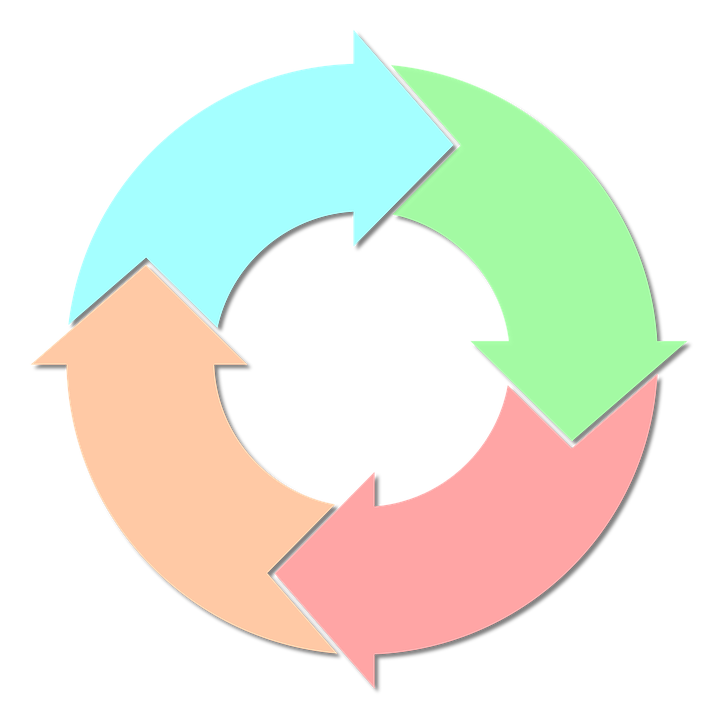What is Data Collection?
For a company, few things are as valuable as the data it collects from its customers. Data collection enables companies to better understand their customer’s needs, wants and desires.
Many companies use data management tools like AtroPIM to efficiently organize and analyze the information collected through various methods.
So how do companies collect data?
In this article, we’ll explore what is data collection, the difference between primary data collection, secondary data collection and third-party data collection, quantitative and qualitative research methods, as well as the main data collection methods and ways to gather high-quality data the right way from your customers.
Primary Data vs Secondary Data vs Tertiary Data
First, we can divide data into three groups, based on how we collect it:
- Primary data;
- Secondary data;
- Third-party data.
Primary data is data that you collect yourself, meaning through your own research and directly from the source, such as the audience.
This generally means that primary data will be the most accurate and relevant to your business and should therefore be used as your base.
However, as you’ll sometimes find that your primary data is limited, it should be supplemented with secondary data and even third-party data.
Secondary data collection comes from the organization that collected the data. For instance, this can be a research company conducting online surveys that you later quote on your own website.
Finally, third-party data comes from numerous sources that you can pull, like doing a Google search for a topic you want to know more about.
Each of these data types has its place in the data collection process.
Both primary and secondary data collection give accurate data, gathered directly from the source (your company or the company that did the research). However, they can be too narrow, which is why you might want to add third party data to better scale your audience.
Qualitative and Quantitative Data
Primary data can be divided into two “camps”
- Qualitative;
- Quantitative.
Think of the first as “descriptive” and of the second as “measurable”.
For example, qualitative data would be a comment that a customer leaves in a product review, or a review of a movie. Qualitative data would be saying something like “X is awesome” or “X sucks”.
On the other hand, quantitative data is more measurable and can be analyzed. This is, for example, the number of stars a customer gives your product in a review, or saying “100 customers bought product A in the last week”.
Choosing the Best Data Collection Method for Your Organization
Next, we’ll talk about how to actually collect data.
There are several data collection methods that you can use and you shouldn’t really focus on just one, but rather combine them as the need arises.
For those seeking to expand their knowledge of information-gathering methods and related strategies, data scientist courses offer a well-rounded educational experience.
These programs explore various approaches to collection and analysis, providing individuals with the essential skills required to thrive in analytical and technical roles.
Participants will gain hands-on expertise that can be applied across multiple sectors where insights and informed decision-making are critical. These courses are tailored to equip learners with practical abilities that are highly sought after in a wide range of industries.
Interview

The first data collection method we’ll talk about is the interview. This is a one-on-one exchange between two individuals in order to collect relevant data and it can be:
- Structured;
- Unstructured;
- Semi-structured.
In a structured interview, the interviewer comes with an already prepared set of questions for the interviewee. The good side of a structured interview is that it is usually faster and can be planned and created in advance.
In addition, if you need to interview several people, like for a job interview, having a structured interview, consisting of the same set of questions for all candidates makes it much easier to compare and find the best one.
An unstructured interview is more akin to a free-flowing conversation between the interviewer and the interviewee. This is a more open-ended type of interview.
For example, while in a structured interview, the hiring manager might ask the candidate “how many years have you worked in this industry?” or “what companies did you work for?”, in an unstructured one the question would be more like “tell me about your experience working with this company”.
Finally, a semi-structured interview falls somewhere in between a structured and an unstructured, where the interview starts with pre-determined questions, but the rest is not planned.
Questionnaire

A questionnaire is a set of questions that you can give to participants to gather data for later analysis. This can be done with one person or with a group and it can be done on a sheet of paper or as an online questionnaire.
The questions in a questionnaire can closed-ended, open-ended, or a mixed variety and the data collected can be quantitative as well as qualitative.
One of the advantages of a questionnaire is that it can be anonymous and can be used to collect a wide range of data from the target audience. However, this data collection method is usually not enough on its own and will be a part of a wider survey.
Online Survey
For more high-quality data, it is not enough to rely solely on a questionnaire. In fact, a questionnaire is just one part of a survey.
So what is a survey?
This is a data collection method that can give us more answers about a particular group of people or a demographic and it can be an offline or an online survey
For example, an online survey might tell us how our users behave on our website or what they think about it.
Data Tracking
Before the Internet, data tracking wasn’t really a thing as it was too time-consuming to be actually useful.
Now, however, with the advent of pixel placement and cookies, every website out there that you visit can collect data from you, including when you visited a page, what you clicked on, how long you stayed on a page or site, etc.
Utilizing data connector can help integrate and analyze this collected data across platforms, enabling a more cohesive understanding of user behavior.
The problem with online data tracking is that many websites completely ignore the digital privacy of the individual they’re collecting data from and some may even sell customer data without their knowledge or consent.
Focus Groups

Focus groups are groups that consist of participants that have something in common.
For example, a group of people trying out a new ice cream flavor would be a focus group. They might all love ice cream, but one person loves chocolate, the other vanilla, a third strawberry and so on.
This is actually the point of focus groups, it combines the elements of a survey (done in a group) and an interview (every participant can express his or her opinion on the matter, like “What did you like about this flavor?”.
Observation

In an observation method, you “observe” the behavior of the participants as they’re conducting a task.
Think of it, basically, as “looking over someone’s shoulder”.
For example, you might observe how someone uses your website or product for the first time, without being familiar with it.
Like all other data collection methods, observation has its good and bad sides.
The good sides of observation are that it is:
- Universally accepted;
- Usually easy to do;
- Appropriate in most situations.
However, the bad sides include:
- Bias;
- Cost;
- Can put too much pressure on the participant to “get it right”.
The Data Collection Process

Data collection can be done through a variety of techniques and methods, some of which we’ve covered here.
However, regardless of the method you are using to collect data, the data collection process will almost always follow these five steps:
- What data do you want to collect and for what purpose?
- How much time you have to collect data (timeframe)?
- What is your primary data collection method (remember, you can have multiple, but this one will be your core)
- Data collection. To ensure accurate data collection, you must first go through the previous steps.
- Analyzing data quality and implementing your results
Conclusion
Data collection is an important step in understanding your audience and customers better, but it is often marred by faulty data collection practices. That is why we hope that this article helped you better understand the different data collection procedures and methods and processes that you can use to get accurate and relevant data.